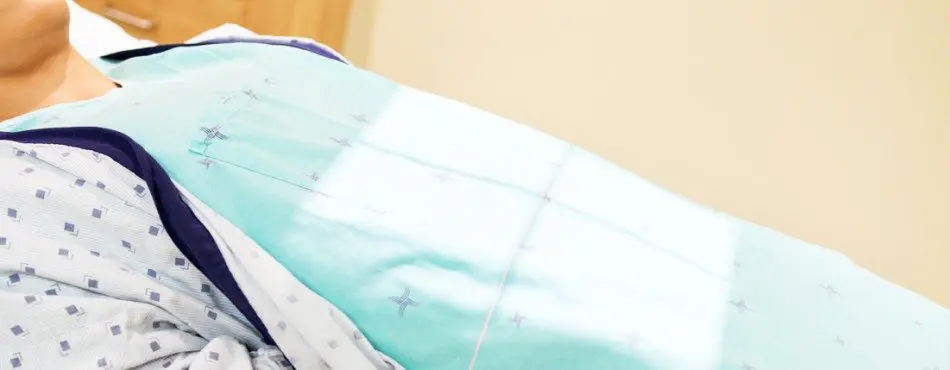What is it?
During an endoscopic retrograde cholangiopancreatography (ERCP), dye is inserted in the pancreas and bile ducts using a flexible instrument called an endoscope. X-rays are then taken to outline the areas. The liver produces bile, a bitter greenish-brown fluid that is secreted to help with digestion. The bile flows through the bile ducts, passes through or fills up the gallbladder, then enters the intestine, just past the stomach. The pancreas, which is behind the stomach, produces digestive enzymes that move into the intestine through the bile opening.




